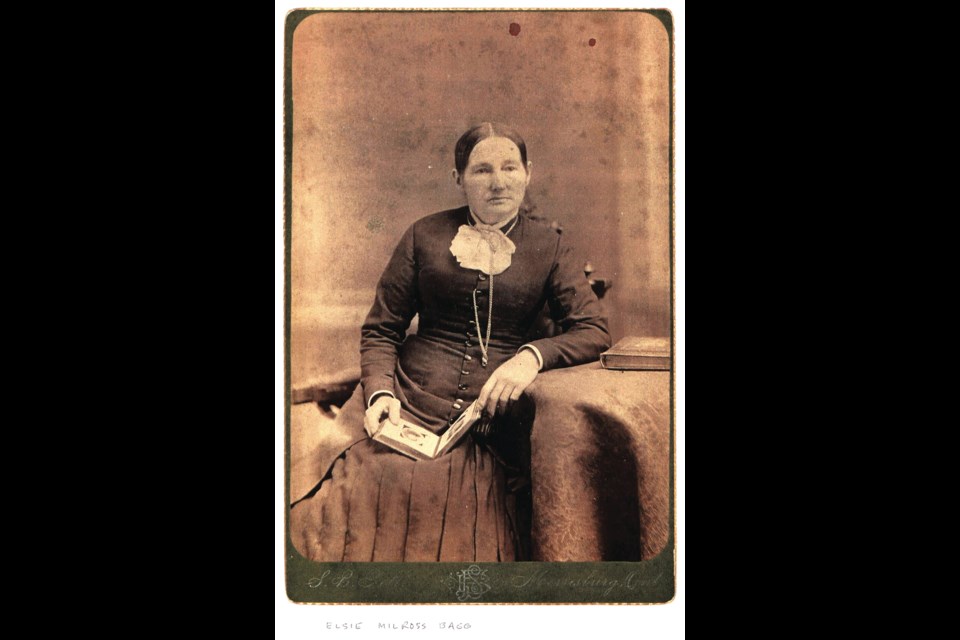Four of my great-great-great-grandfathers were New Englanders who fought in the American Revolutionary War. They fought on the British side, and were known as United Empire Loyalists or UELs.
When Britain lost the war, the UELs fled north to Canada.
The UEL surge in 1783 changed the map of Canada. Since the French were already established in present-day Quebec, it left Nova Scotia and Ontario for Loyalist settlement. With their arrival, the new province of New Brunswick was formed by partitioning Nova Scotia. In 1783, Ontario and Quebec were a single region called “Canada.” After the UEL arrival, it was split into Upper and Lower Canada — present-day Ontario and Quebec.
The Ontario Loyalists travelled up the St. Lawrence past Montreal. My ancestors settled 40 miles beyond the Quebec border, 80 miles west of Montreal at a town called Cornwall. Because of the Loyalists, Cornwall was already a thriving little town when Toronto was still a wilderness, referred as “muddy little York.”
Other Loyalist families continued west, settling along the St. Lawrence to Kingston and beyond into western Ontario.
Following Loyalist settlement, immigration was heavily promoted by John Graves Simcoe, Governor of Upper Canada from 1792-96. He offered incentives for immigrants from the States and abroad to settle Upper Canada.
The newcomers arriving directly from England looked down on the old Loyalists, referring to them dismissively as “the Yanks,” in the words of Susanna Moodie.
It was just after Simcoe’s term as governor that another of my great-great-great grandfathers arrived.
Alsaints Chesley emigrated from New York State to Cornwall, arriving in 1800 with his young family.
Alsaints was not a Loyalist. His older brothers had fought on the Rebel side, and had received land for their military service — the very land confiscated from the fleeing Loyalists.
The Chesleys were French Huguenot, having anglicized their name from Cheselier. The prospect of a French influence in Canada may have appealed to Alsaints. He encouraged his 10-year-old son, Solomon Yeomans Chesley, to spend time on the nearby St. Regis Iroquois Reserve, where the boy picked up a third language.
He became fluent in Mohawk. Solomon later became an interpreter with the Indian Department. In the War of 1812 he led a group of Mohawk soldiers, as lieutenant of the St. Regis Company of Mohawk Warriors.
The town of Chesley, Ont., is named after him.
Alsaints also took part in the War of 1812. In 1814 he established a hotel in Cornwall, where it is believed writer Catharine Parr Traill overnighted on her journey up the St. Lawrence in 1832.
She was not pleased with the service she received there. Today the heritage building has been restored as the Chesley Hotel, billed as the “oldest hotel in Ontario.”
Alsaints Chesley’s daughter, Nancy, was my great-great-grandmother. Her son, Solomon Dann Bagg, married the granddaughter of Loyalists Andrew Millross and Sargeant Samuel Moss. Elsie and Solomon lived on a farm inherited through her Loyalist line, where they raised nine children.
But Solomon “was not a farmer,” according to his daughter, my grandmother Anna Bagg Roys.
He left most of the farm work to his five sons, while he pursued his own interests. At first fall of snow he would set out by horse and cutter with a stereopticon and music box, giving science lectures at schools and church halls in eastern Ontario, ranging as far east as Nova Scotia.
The journals he kept over the years are now in the Ontario Archives. Mostly they record routine farming operations rather than what must have been his more adventurous life on the road.
Eventually most of his nine children, although Loyalist descendants, migrated back to the States to pursue careers in building, music and teaching — anything but farming for the sons.
My grandmother, Anna Bagg Roys, stayed in Canada. She married William Roys, a descendant of Loyalists Evan Roys Sr., Corporal Evan Roys Jr. and Sargeant John Smith. Anna and William raised their family on land granted to the Royses (Royce) in 1784.
The story ends on a note of sadness, with the coming of the St. Lawrence Seaway. In 1958 the river was dammed just west of Cornwall. The project had two goals — to improve the shipping channel and to provide hydroelectric power to the region. Much of the old Loyalist land was flooded.
All that remains today of my grandparents’ farm that had been in the family for almost two centuries, is a height of land in Lake St. Lawrence named Roys Island. A few miles west near Morrisburg, Ont., is the reconstructed 19th-century settlement called Upper Canada Village. It contains some of the historic buildings of the original settlers, and remains a testament to the region’s past. — Kathleen Lynch
